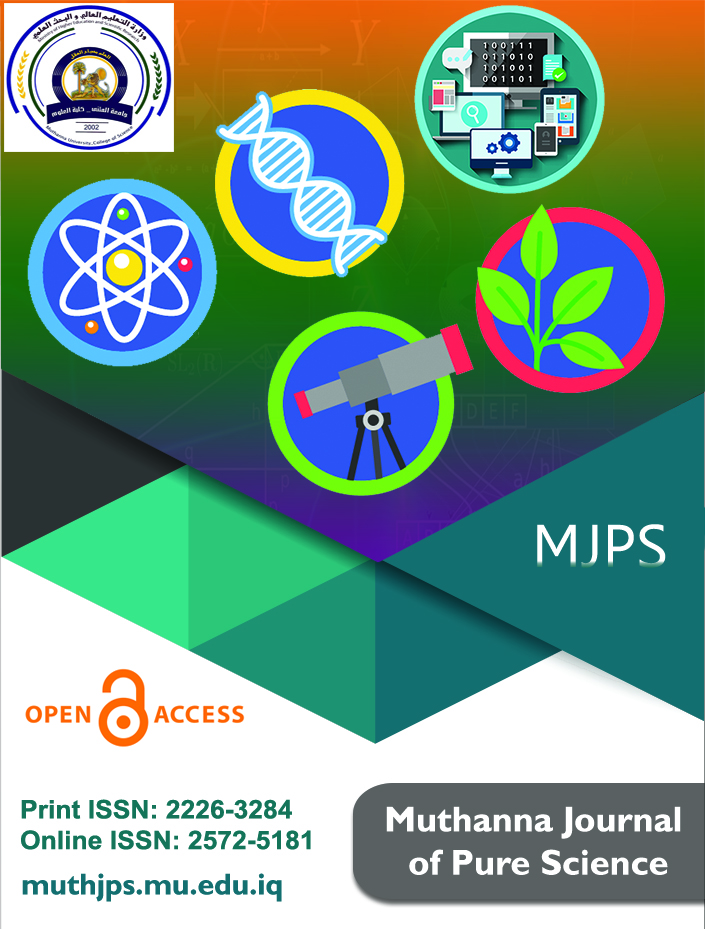AbstractKey wordsDOI
In recent years, there has been a growing interest in the synthesis and characterization of nanomaterials for various applications. Carbon nanotubes (CNTs) and quantum dots (QDs) are among the promising nanomaterials due to their unique properties. This study aims to synthesize and characterize multi-walled CNTs and QDs using the hydrothermal method. MWCNTs were synthesized at a temperature of 200°C using Ferrocene and Sulfur as precursors, while QDs were prepared at a temperature of 160°C using Polyethylene glycol (PEG). To fabricate the nanocomposite films, MWCNTs and QDs were mixed at different weight ratios (3:1, 2:2, and 1:3) through ultrasonic dispersion. The resulting mixture was then used to form films on glass surfaces. Characterization of the composites was carried out using a series of analyses including Fourier-transform infrared spectroscopy (FT-IR), field emission scanning electron microscopy (FESEM), X-ray diffraction (XRD), and electrical conductivity measurements. From the FESEM measurements, spherical particles of various sizes were observed, with a wide size distribution of less than 10nm. XRD analysis revealed d-spacing values of 0.34nm, 0.39nm, and 0.46nm for all the mentioned weight ratios. Additionally, the diameter of the particles ranged from 32.48nm to 31.96nm, with a length of approximately 1µm. The electrical conductivity of the films was also measured, and the obtained results indicated activation energies of 0.155eV, 0.14eV, and 0.25eV for the respective weight ratios. The resulting nanocomposite films exhibited unique properties as characterized by various techniques. These findings contribute to the understanding and potential applications of nanomaterials in diverse
carbon quantum dots, hydrothermal method, Multi-walled carbon nanotube, Nanocomposite.
Download full article

